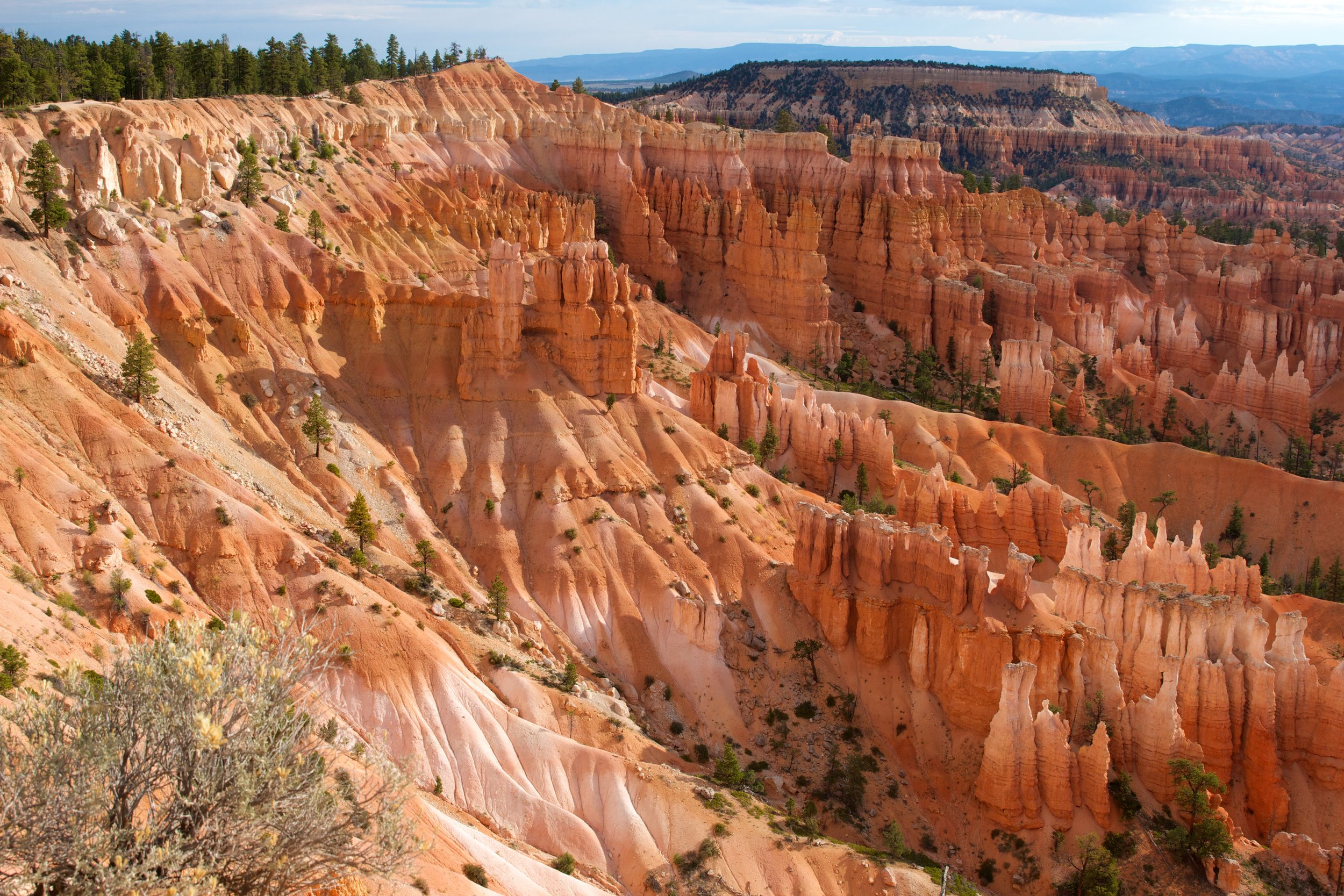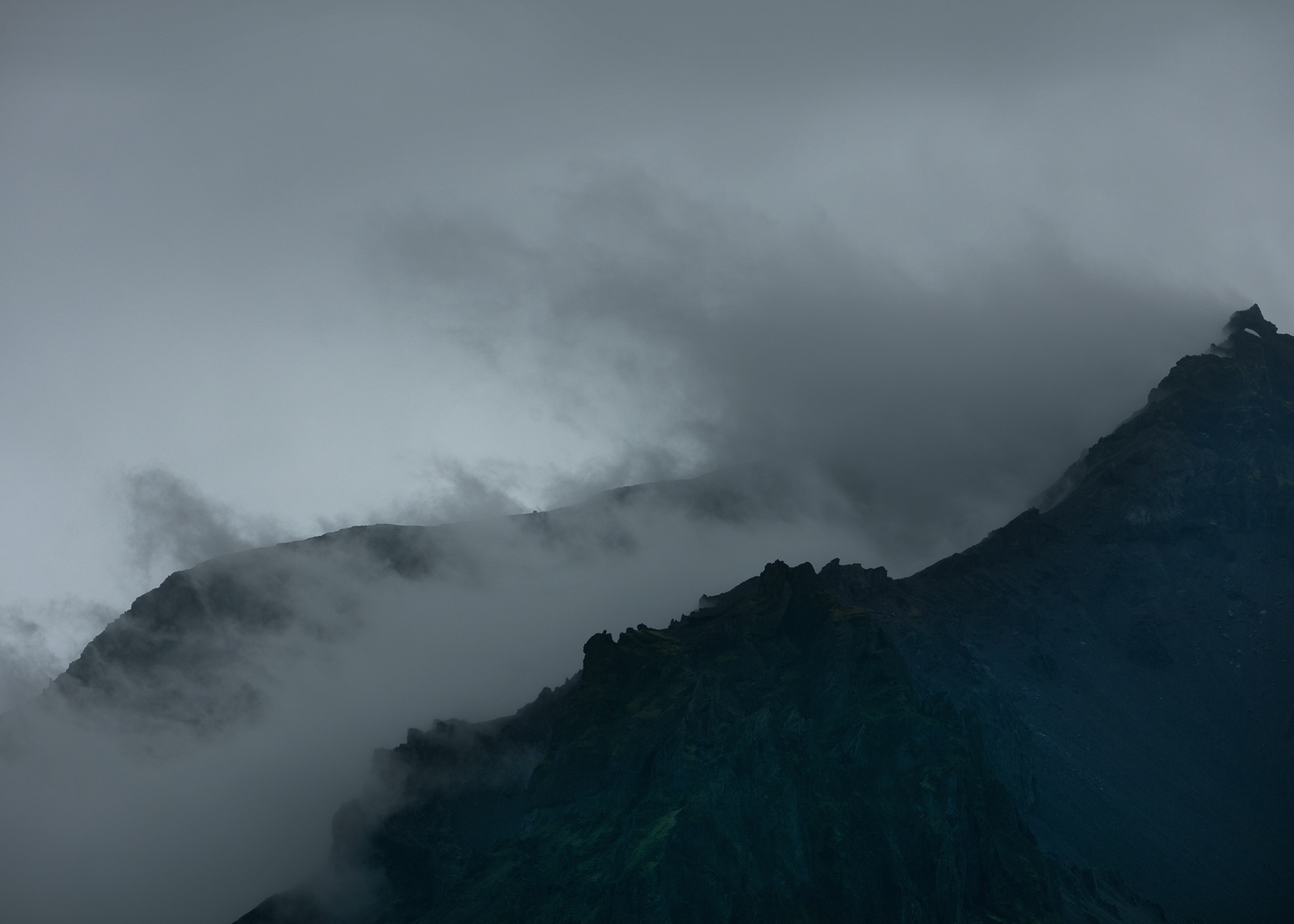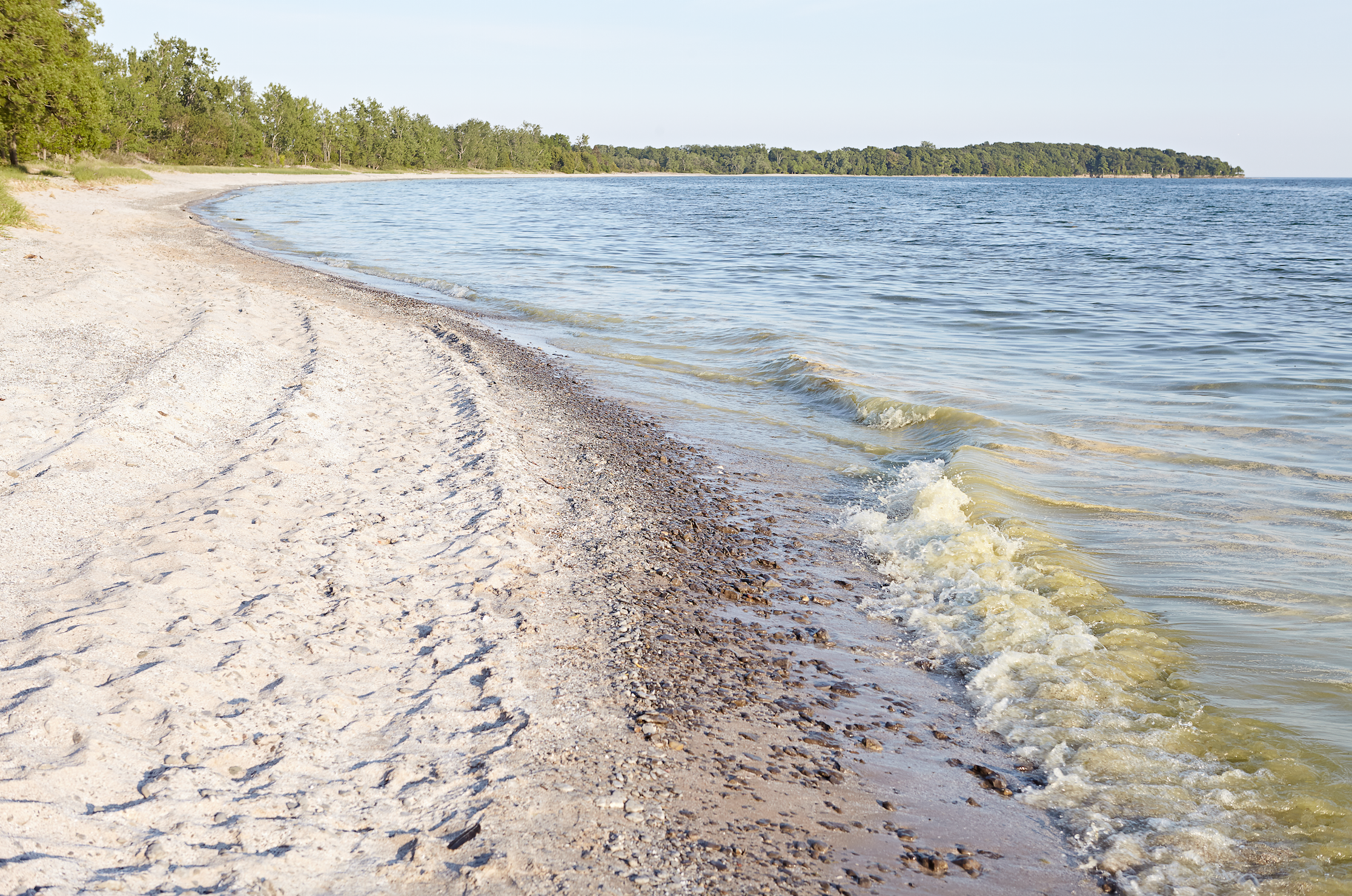Croatian calm.
Canoe North Adventures
Que Sera Sera
The Old Clare Hotel
The British Journal of Photography: Creative Brief
Island Life
Rambling in the Lake District
Aro Hā
Spanish Shapes
Mount Takao
Handcrafted Maine
The New Zealand Magazine
Georgina Skinner
Sam Caldwell
Paradise Found
Lodestars Anthology Japan
Introducing the latest addition to the Lodestars Anthology travelling family ... Japan! This issue has now sold out.
Journey to Japan and discover a land of tea and tropics, wabi-sabi and wonder. A place where symbolism abounds and nothing is without purpose. For here you’ll find an ancient and powerful landscape that has shaped history yet still dictates the rhythms of modern life. There are illuminated capitals and pockets of untouched wilderness, both marked by a deep sense of spirituality. Art flourishes, design inspires and others come first. May the light never dim on the Land of the Rising Sun.
None is travelling
Here along this way but I
This autumn evening
Matsuo Bashō
In Iceland - the Water and the Sky
Photographs by Tom Bunning In winter our thoughts turn to candlelit rooms and warming fires. But Tom Bunning's photography reminds us that the cold comes in many guises and draws our gaze to Icelandic landscapes - the waterfalls, the birds wheeling under eggshell blue skies and the endless snowbound vistas. Be warned though, if you venture out into the cold, you may not come back again...
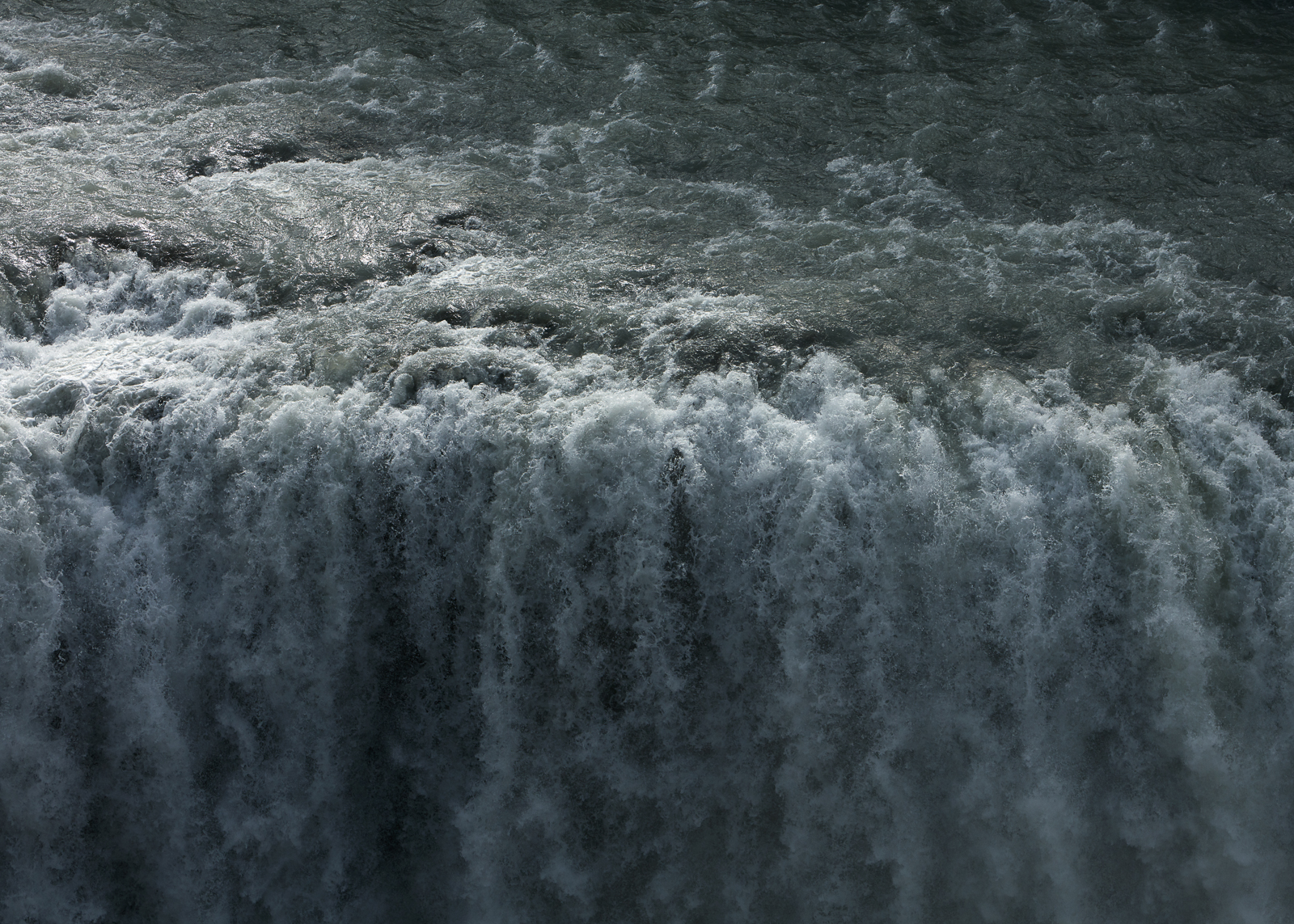








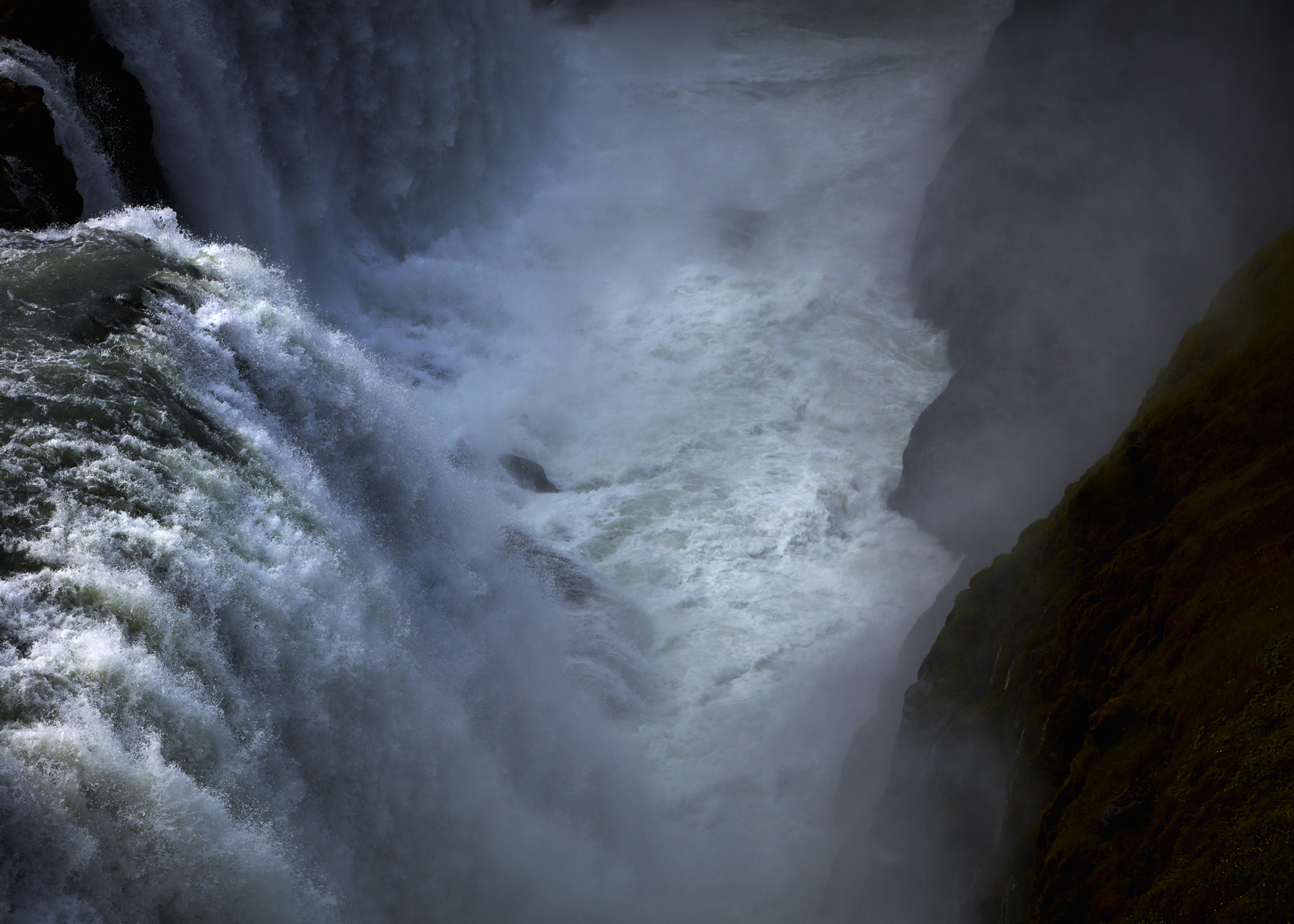

New World Flavour
For our Canada magazine, writer Shaun Pett and photographer Leila Ashtari explored the wines of Ontario. Due to the nature of print we couldn't publish all of their wonderful finds and images. So, for those seeking some new world flavour, below are some of the gems that deserve plenty of attention ...
Though Canadian wine is still a young tradition in the land of beer - with the first European vinifera grapes planted in the 1950s and serious wineries started only in the 70s - pioneering winemakers are experimenting with unique but challenging environments and building a new tradition of wine. Two of Canada’s major wine regions lie along the shores of Lake Ontario and are within a short drive of Toronto, making them the perfect destinations for a weekend escape. The Niagara Peninsula and Prince Edward County, a patchwork of vineyards and farm land and colonial towns, are now home to 150 wineries and counting, along with the attendant restaurants, artisans and boutique hotels.
New World Flavour
SUCKING ON STONES
Geology marked the Niagara Peninsula for grapes. The glacial Lake Iroquois, a precursor to Lake Ontario, deposited the fertile soil and red clay, while an ancient sea laid down the limestone sediment for the Niagara Escarpment, which traps the warm air currents from the lake. At the cliff-side lookout of Beamer Memorial Conservation Area you can see the skyline squiggle of Toronto across the lake and to the east runs the Escarpment’s spine.
Growing up in Niagara I never drank wine. Only after living two years in France did I come to appreciate it. This is a common pattern for Canadians: we look past what is near to what is far. Francois Morissette was born in Quebec and worked ten years in Burgundy before arriving in Niagara with the single purpose of letting the land dictate the grapes and the grapes dictate the wine. The first time I visited Pearl Morissette there was no sign at the entrance (and probably never will be). This is on purpose. Morissette is unlike most winemakers in Niagara. He takes an uncompromising approach toward non-interventionist, natural winemaking. Airborne indigenous yeasts start fermentations, and out of the nearly 200 ingredients you are legally allowed to add to wine, he only uses sulphur, and only if he has to. For him winemaking is more art than recipe and no two wines are ever the same. The old wood foudres from Alsace, the concrete eggs and steel tanks, the earthenware qvevri from Georgia, these are simply the pots he uses to cook in.
Svetlana Atcheva, the winery’s passionate ambassador, with her Eastern-European accent and Nabokovian way with description, described a wine’s structure as “ladders” climbing in the back of the mouth and called a 2014 Chardonnay that we tried from the tank “a snowflake under the microscope,” creamy and soft, but structured. Morissette’s wines and methods can seduce some and annoy others, but every wine region needs its provocateur, someone to push boundaries and undermine complacency. His wines—the Riesling, gamay and Cabernet Franc I still remember—set a benchmark for Niagara’s potential.
New World Flavour
New World Flavour
TRACING ANCIENT FOOTSTEPS
Follow Regional Road 81, which winds it way through the peninsula, and you’ll be tracing the former Lake Iroquois shoreline and a past Native trail. Heading east along 81, you near the Niagara River and the American border. Here the Escarpment eases into flat fields and you can find tiny Five Rows Winery tucked away in St. David’s. Winemaker Wes Lowrey, the fifth-generation of his family to farm this land, focusses on making the wine in the vineyard, spending two months thinning the 150 rows of vines by hand, three per day. His very small batches are excellent wine. Neighbouring Ravine Winery is worth stopping at for a bite of field-to-table fare.
New World Flavour
ON ISLAND TIME
Because of the Murray Canal, Prince Edward County is technically an island. Located almost halfway between Toronto and Montréal, it feels far apart from the urban grind, with the slow rhythms of country living and small town intimacies. The County is the newest wine appellation in Ontario with vines only planted at the turn of the millennium. The varying topography creates a mesoclimate at each vineyard, allowing you to visit 20 different wineries and taste 20 different Chardonnays. But making wine here requires one to be a little stubborn and a little mad. Since the winters get so cold, and temperatures of -25°C can kill vines, they must ‘hill up’ the vines in autumn, burying them under earth and hoping they’ve survived when dug up by hand in spring.
At the new micro brewery, British chef Neil Dawson turns out fresh and simple dishes of the moment - he’s also known to roast a pig from time to time. We sat on the patio overlooking the vines with a pint of the saison. A salad of crisp snap peas, watermelon radishes, crumbled feta and poppy seeds was a snapshot of that early summer day.
It’s easy to hop from one winery to the next, as most are clumped in the west of the island due to the moderating lake breeze. Down Closson Road don’t miss The Grange, Closson Chase, and The Old Third. At Norman Hardie’s, who is the gregarious face of the County and the gateway for many to the region, we ate what is still the best Neopolitan pizza around, enjoying it on the patio with a glass of stony Calcaire while others slurped oysters and the slow Sunday afternoon melted away.
New World Flavour
New World Flavour
WRITING NEW LORE
At Trail Estate the tasting room was still being built so Mackenzie Brisbois hosted us in the cluttered production shed. Her first year as head winemaker, she was excited to show off her skin contact experiments. Using this thousand-year-old technique of letting the juice sit with the skins for up to three weeks (like with red wine, but unconventional with white), she crafted four three single lot Rieslings and a Sauvignon Blanc that were complex and textured. The last one, of which she only made less than 100 bottles, had a surprisingly nutty nose - none of the grass one is used to - and a good funk that bloomed into melon flavours. Working in this hands-off manner, letting the wine become the wine it wants to be, requires patience. One day it’s good, another bad. “Doing nothing is the hardest thing.”
New World Flavour
PATHS LESSER TRAVELLED
Leaving the tourist trail in the west, you’ll find a hidden spots, like the gravel beach at Little Bluff Conservation Area or Sandbanks Provincial Park, where the 8 kilometres of mesmerizing sand dunes is the largest system of its kind in the world. Fifth Town artisan cheese, housed in a LEED-certified, green building, hosts wine and cheese tastings.
There’s something of the monk in Glenn Symons. He works mostly alone at Lighthall Vineyards, secluded on a nowhere road, perfecting his wine and cheese. A home vintner for 25 years, he bought the vineyard in 2008, attracted by the soil’s potential and its unwritten story. He has rigorous standards and won’t sell a wine that disappoints him. Cases of an unsatisfactory rosé have been in storage, waiting to be distilled to fortify a late harvest Vidal he produces. We chatted in his small production kitchen while he scooped fresh sheep milk curds into moulds. I asked him if there was a wine or cheese that he wanted to make that he hadn’t yet attempted. No, he said. He knows what he wants. Like others in the County, he has a self-confidence that comes from having found his place in the world. The job then, vintage after vintage, is listening to this place and singing it to others. That’s what wine can do.
New World Flavour
New World Flavour
New World Flavour
The Canada Magazine
This week the Canada issue of Lodestars Anthology - officially released in the UK on October 18 - will be avalible through our online store. So we thought we'd celebrate by sharing some of the wild and wonderful images and illustrations that fill the pages of issue 6. Thank you as always to our truly spectacular contributors - the world is indeed filled with some rather talented beings. You can order the magazine here.
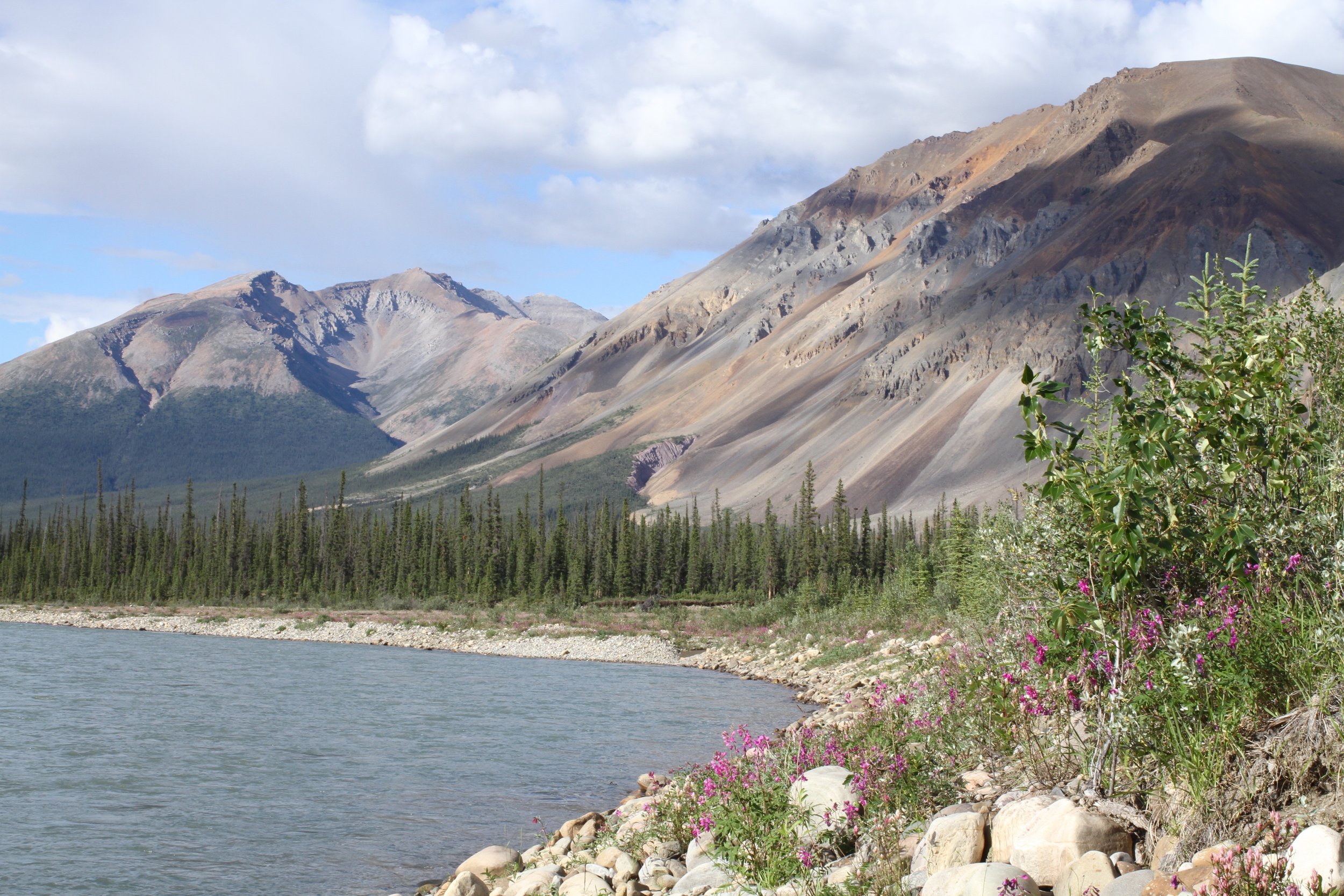
About the magazine: Canada is a land where lakes glow, mountains soar and island life prevails. Wild, rugged and unfazed by time, luxury resides in unexpected corners, cities delight and outdoor adventure beckons, for nature is indeed all around. You yearn to explore, to get lost, to reconnect with a pristine beauty so hard to encounter in the modern world. The seasons astound - from frozen winters to summer’s never-setting sun - while waterfalls carve canyons, rivers become frozen highways and people smile, aware of their heritage and all that this land has gifted them. You’ll find snow and maple syrup, art and architecture and a landscape both inspiring and eternal. Greetings from the Great White North.

Some featured destinations:
Clayoquot Wilderness Resort Fogo Island Inn Vancouver Toronto Montreal The flavours of Canada Cosman & Webb maple syrup Left Field Brewery Canoe North Adventures The Yukon in winter Northwest Territories Nova Scotia Halifax Lobster Boil Ontario wines The Canadian Rockies Prince Edward Island Calgary The Canadian




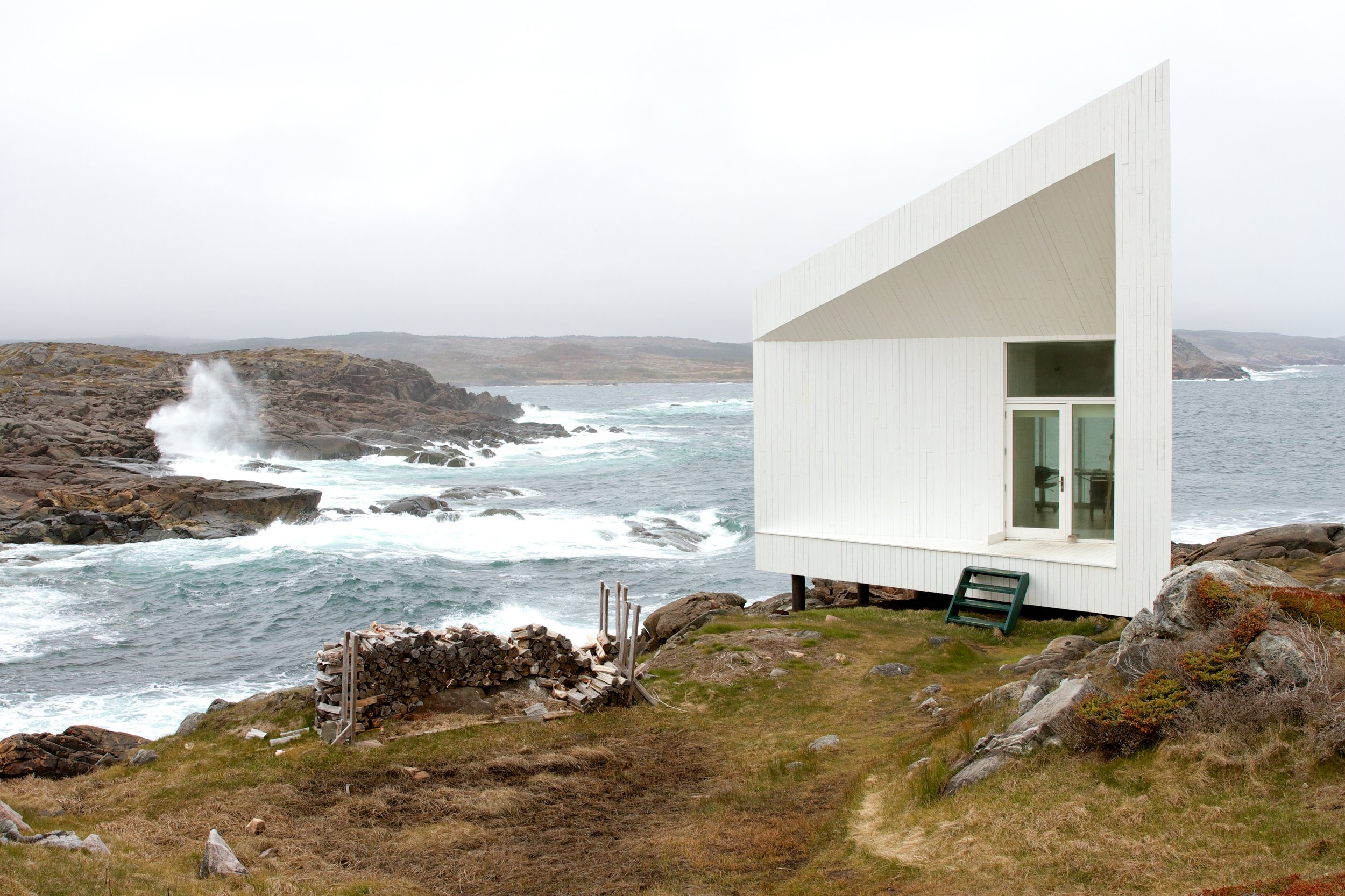







Yosemite to Arches
Words by Emil Martin & Photographs by Angela Terrell 0n the 100th anniversary of National Parks in the USA, it seemed fitting to visit some jewels in their crown.
Yosemite, four hours from the West Coast, is a landscape shaped by glaciers. Towering granite monoliths ring the valley, their splendour captivating millions of visitors and the solitude (if you visit at the right time) encompassing.
Montana’s Yellowstone, the oldest National Park, lies above a magma hotspot and claims the world’s largest collection of geysers. The most famous, Old Faithful, erupts every 45 minutes but is by no means the most powerful and spectacular. Patiently waiting by a number of geysers we saw steaming water rise hundreds of meters in a multitude of directions. Waterfalls and lakes together with bison, elk and the lurking danger of grizzly bears add to the excitement. Beware though, the last volcanic eruption 600,000 years ago dwarfed anything in human history ... and the next eruption is well overdue!
Utah is home to Arches National Park (guess what it is famous for?), Bryce, which is renowned for its beguilingly shaped sandstone Hoodoos and Zion where you can scale vertigo inducing peaks and frolic in ankle deep mountain rivers.
There are dark star-filled skies, geology to astound, wildlife to enchant and beauty to make your heart skip a beat.





